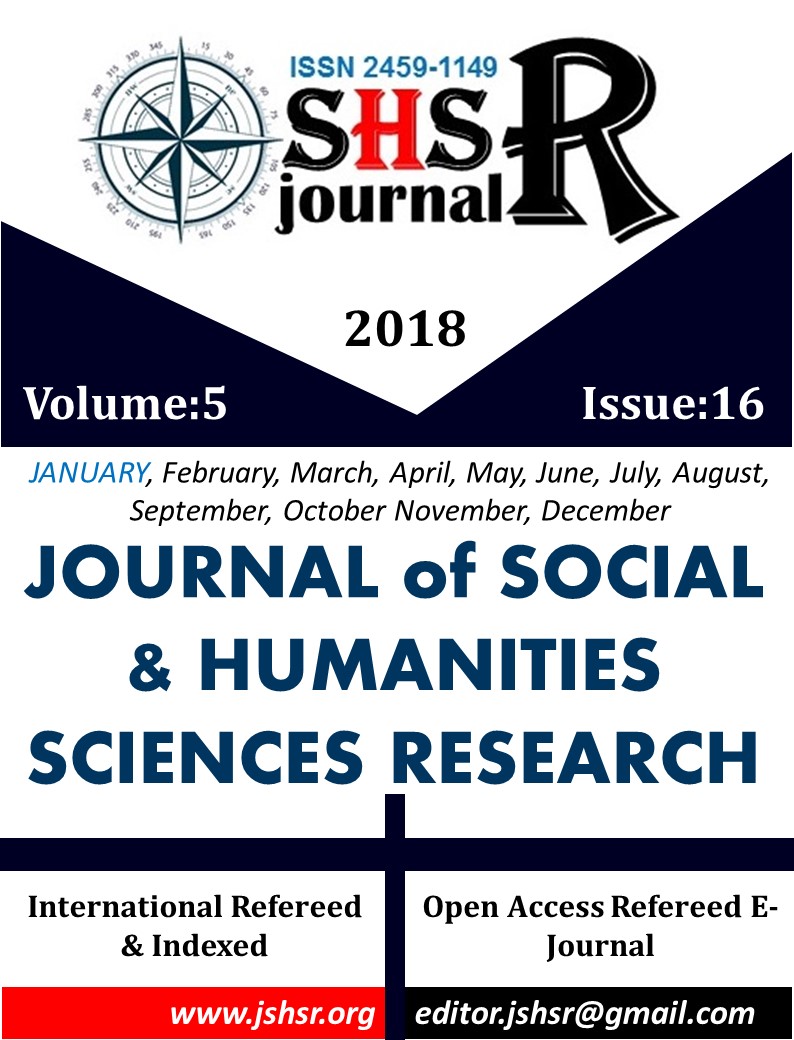FLEXIBILITY AND ADAPTATION IN URBAN DESIGN: CONSTRUCTION OF URBAN SQUARE SCENARIOS
DOI:
https://doi.org/10.26450/jshsr.316Keywords:
Flexibility, Adaptation, Design, ScenarioAbstract
Individuals are in need of open spaces where they can observe each other, build social relations, and create a sense of protection and ownership. These open spaces are created with the designs by landscape architects that utilize specific design criteria. The most remarkable of these design criteria utilized in today’s designs are the flexibility and adaptability that consider the users as well as the designer as the founder of the said space. Open spaces designed with these criteria could be transformed into different spaces of activity and could be shaped based on user needs and become spaces that could be utilized by different users during different times of the year. Thus, they could turn into ever-living spaces and provide the most significant criterion for creating a successful urban space. The present study aimed to design an urban square using the concepts of flexibility and adaptability. Later, different scenarios, which could be realized in this space that was designed with the flexibility criterion, were constructed. Thus, it was demonstrated that it was possible to determine the types of activities, and when and how these activities could be conducted, thereby contributing to enhancing the social relations and the sense of ownership among people in a space designed with a flexible approach.
Downloads
Published
How to Cite
Issue
Section
License
Copyright (c) 2018 INTERNATIONAL JOURNAL OF SOCIAL HUMANITIES SCIENCES RESEARCH

This work is licensed under a Creative Commons Attribution 4.0 International License.


